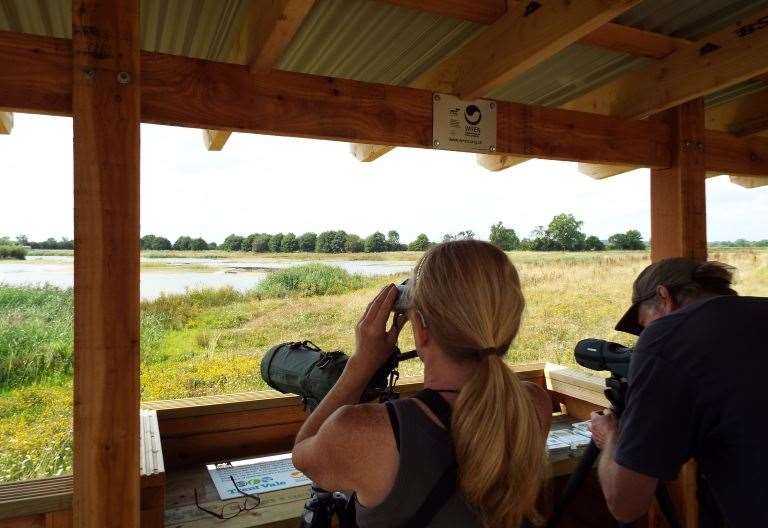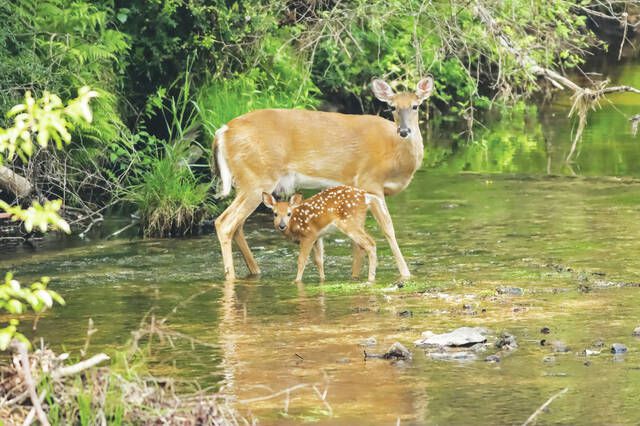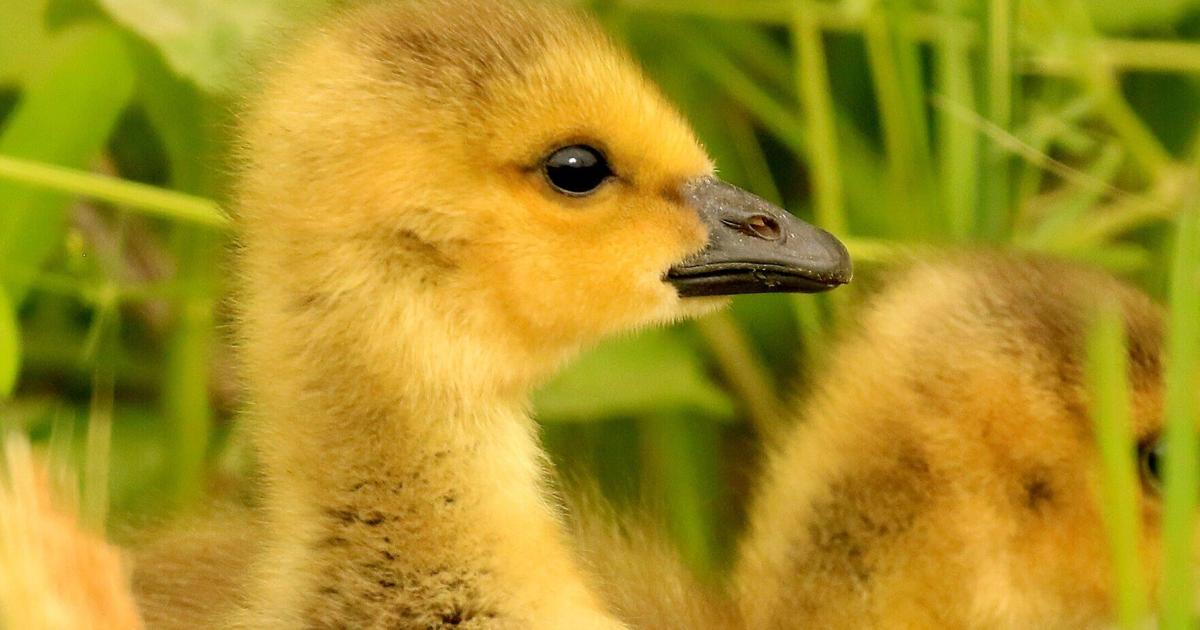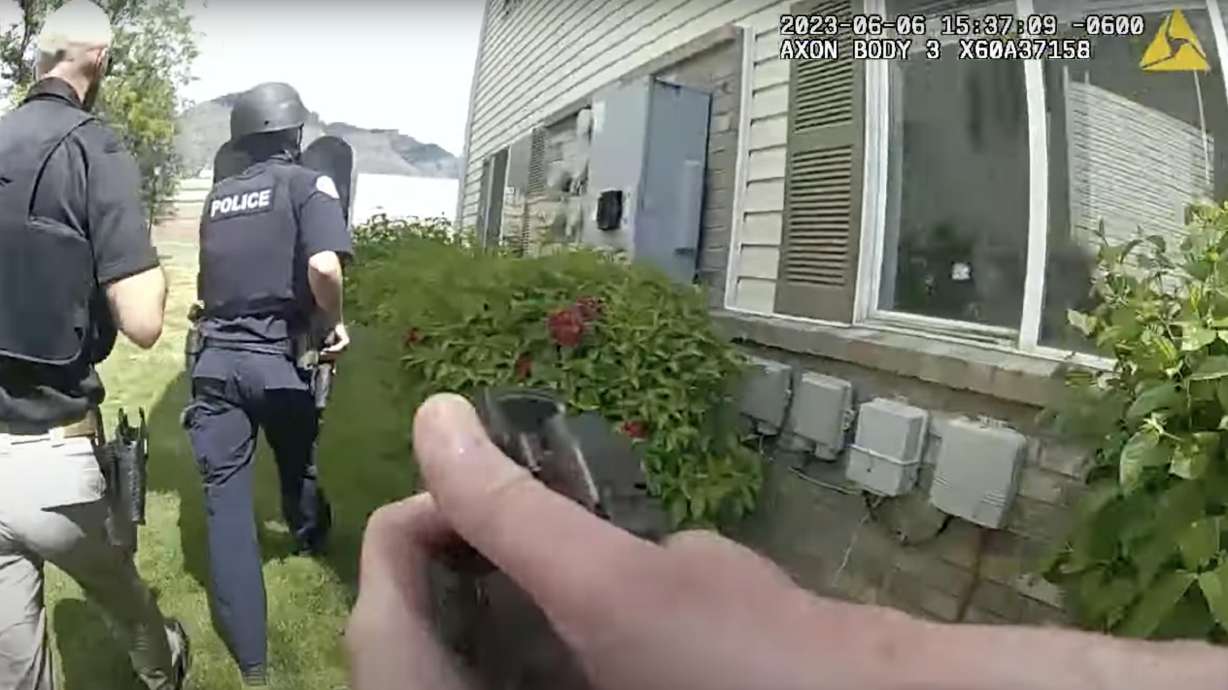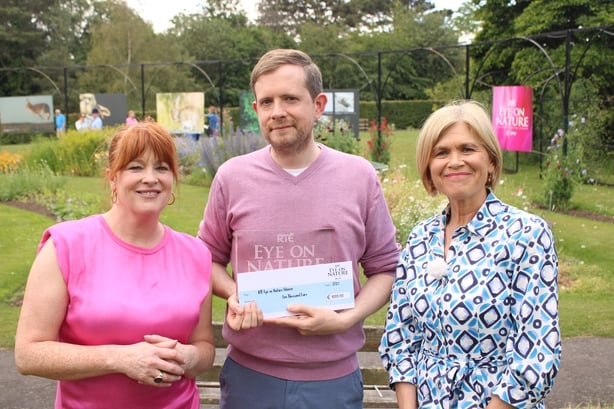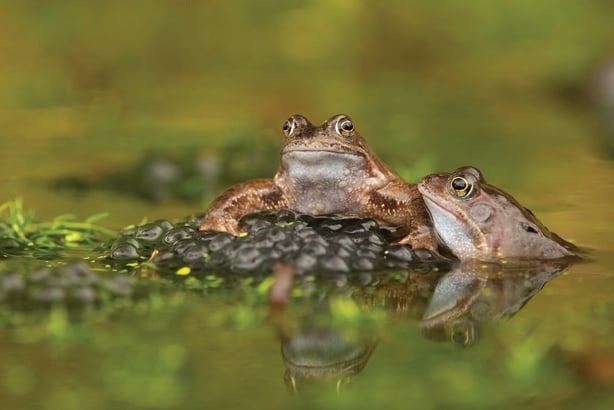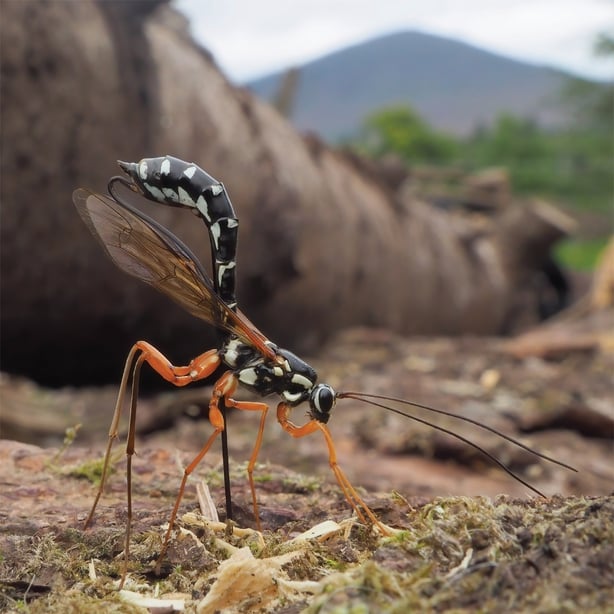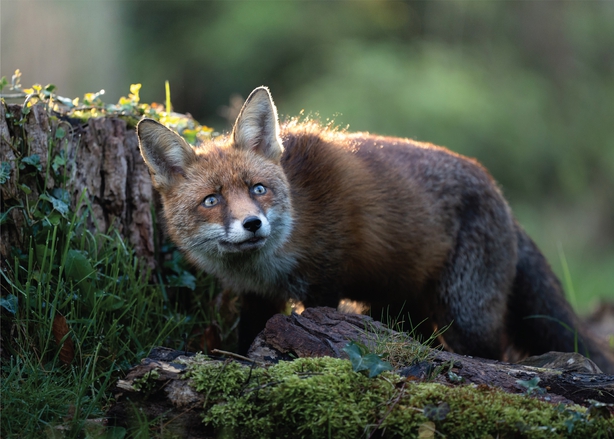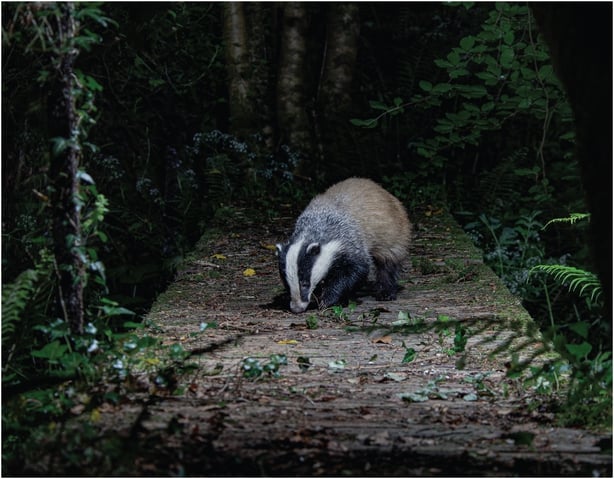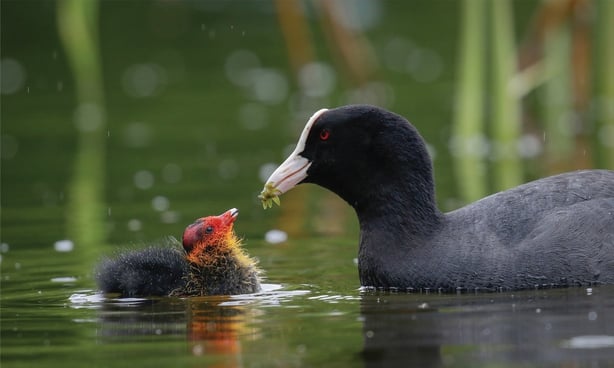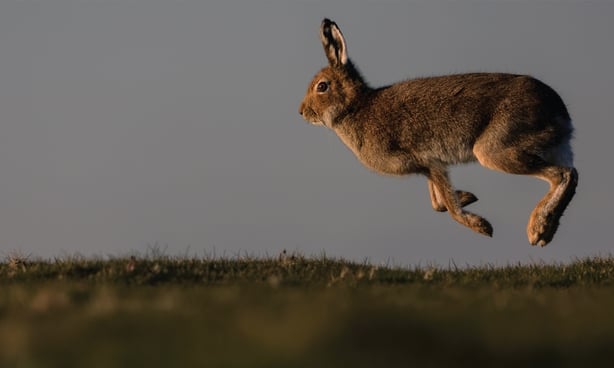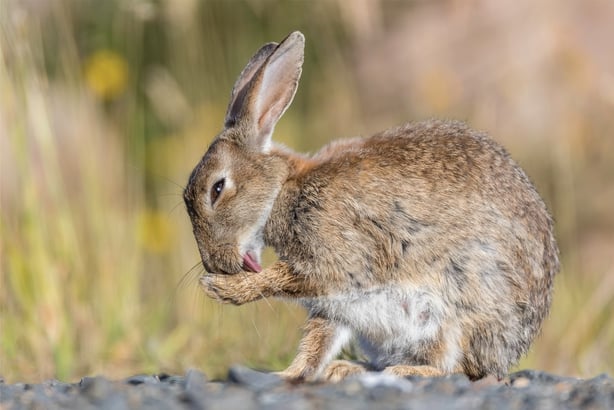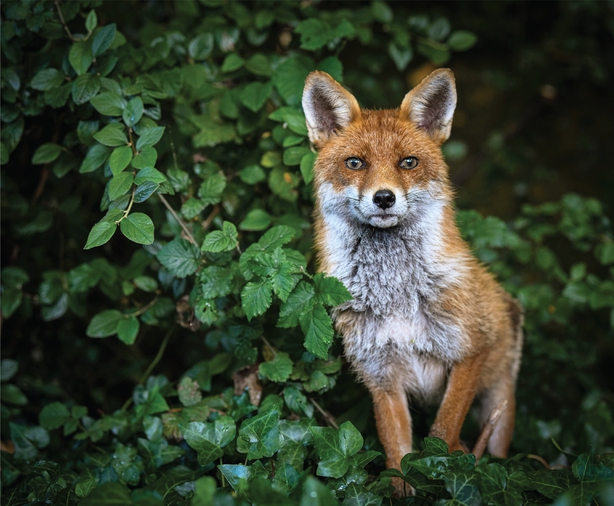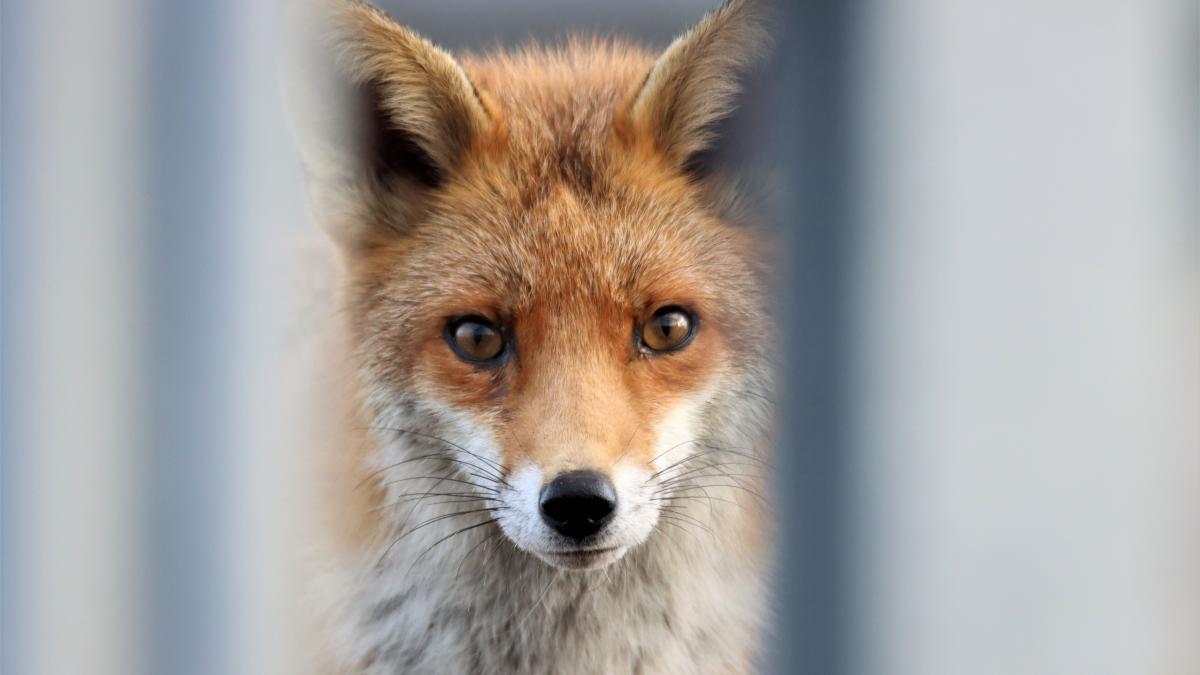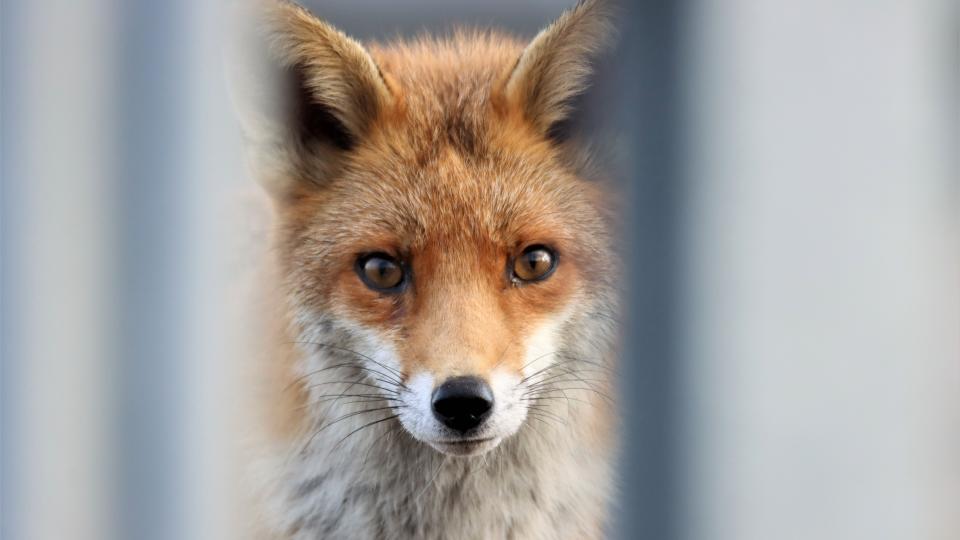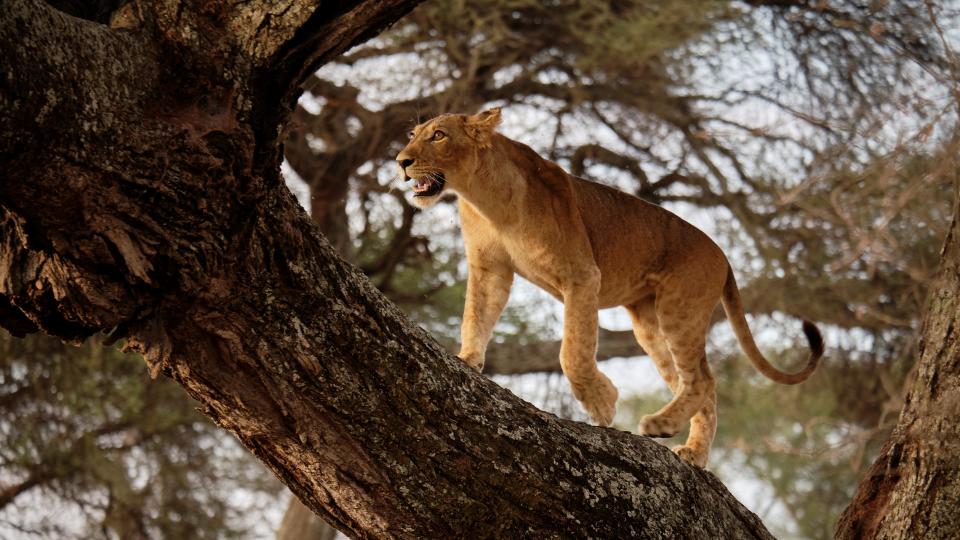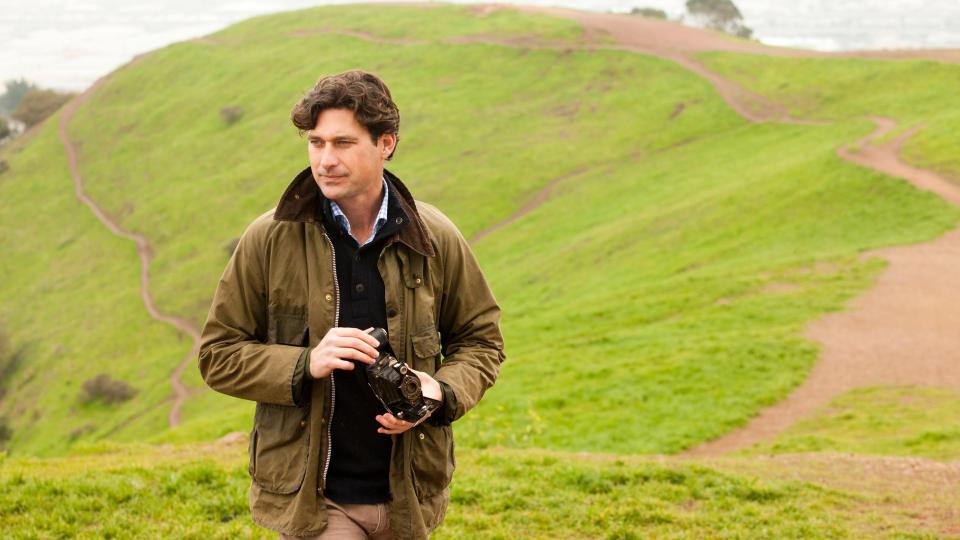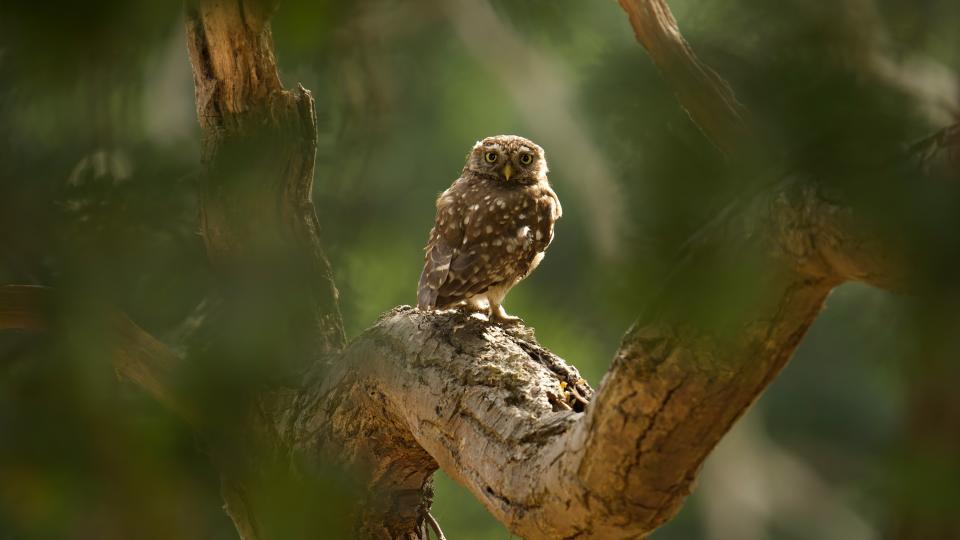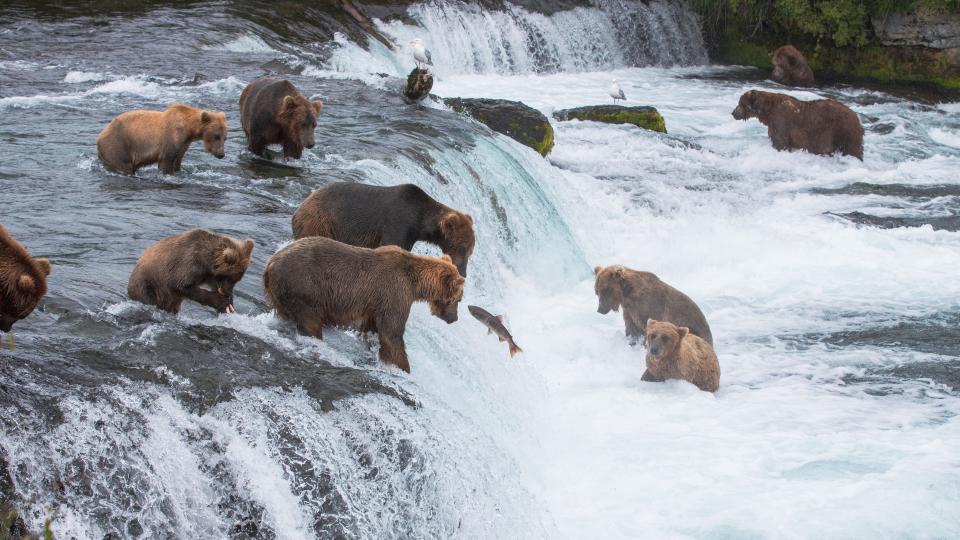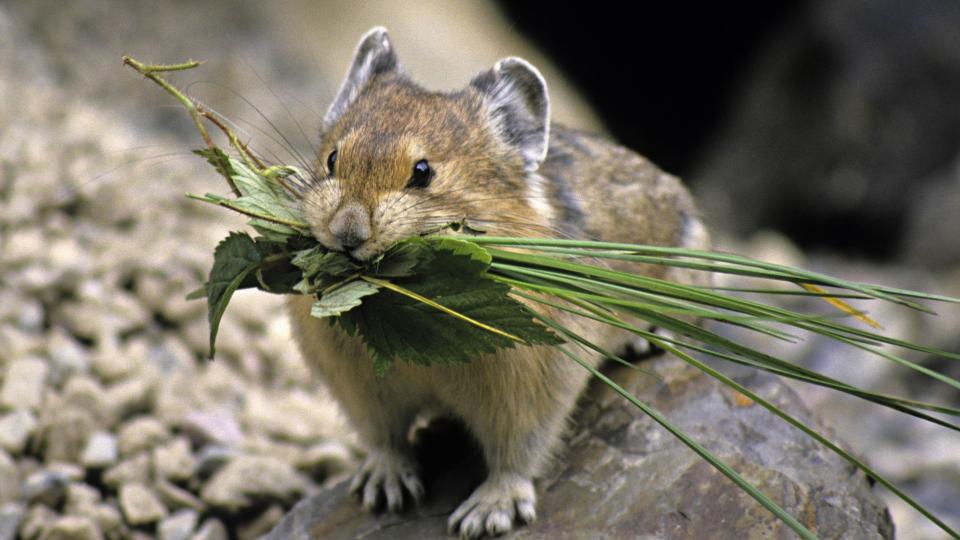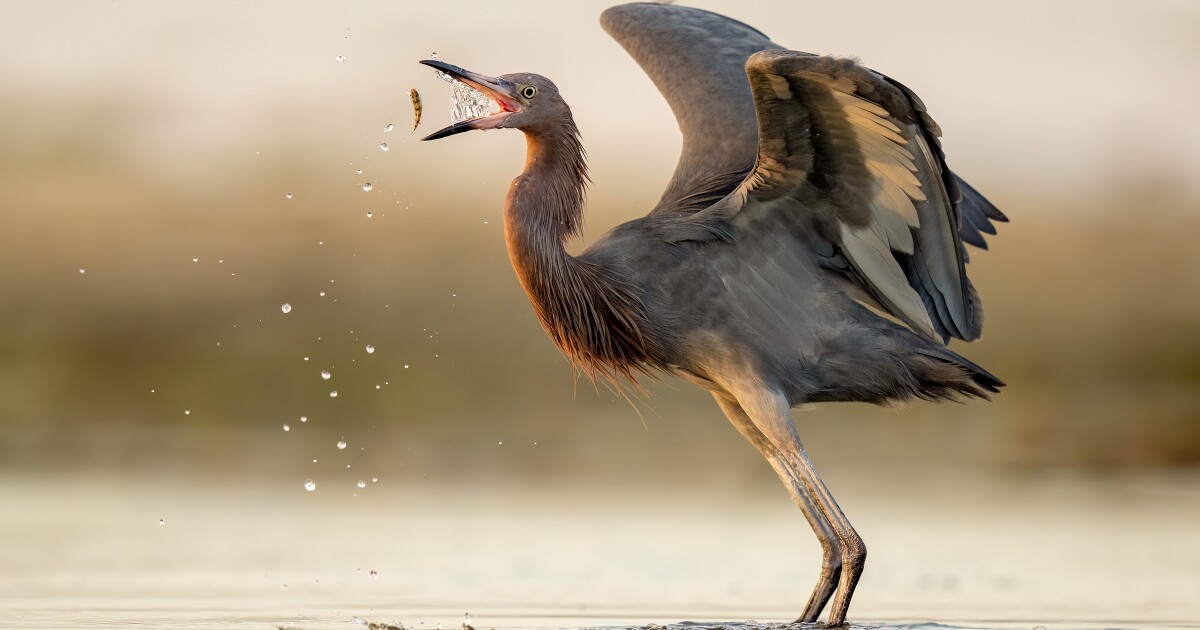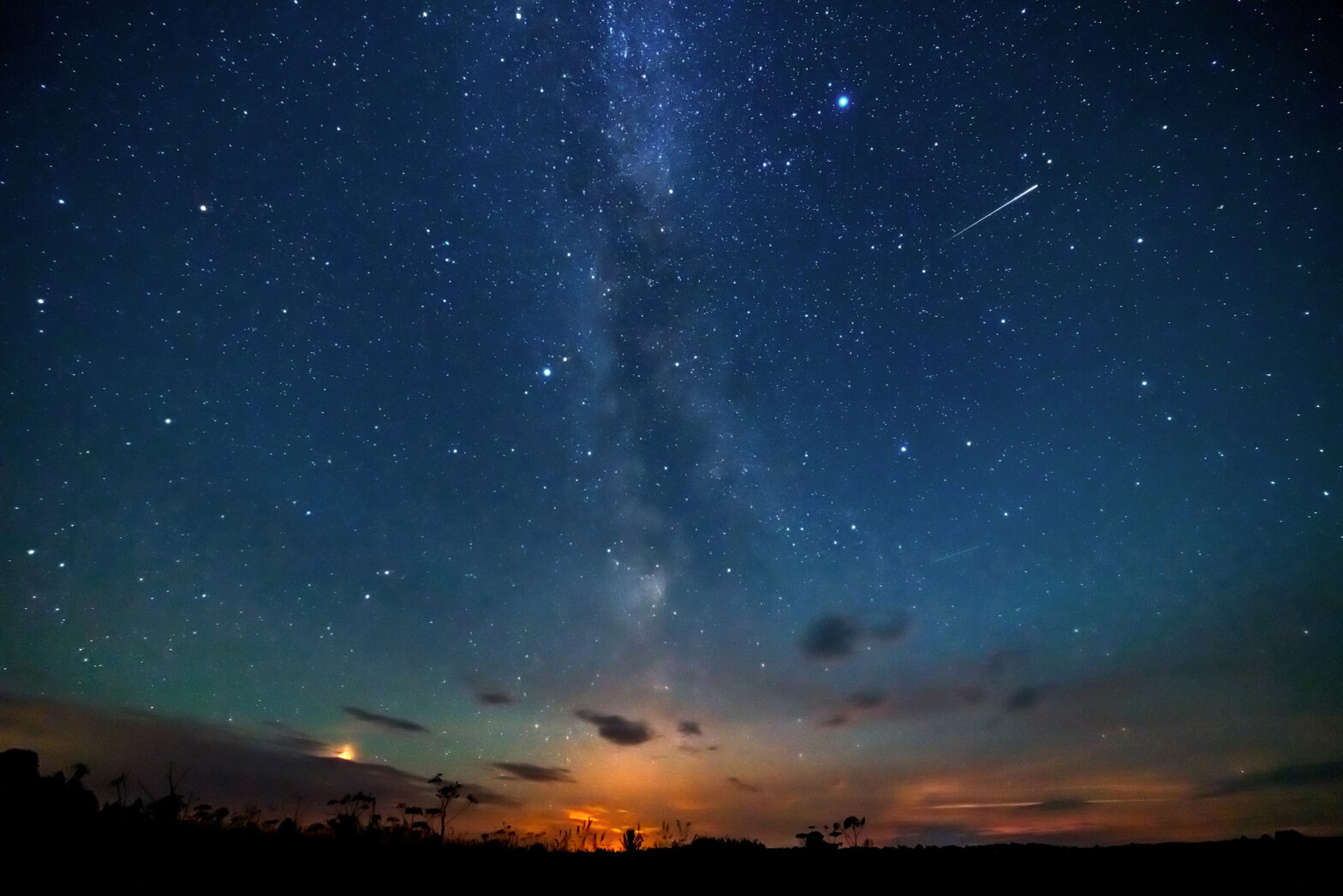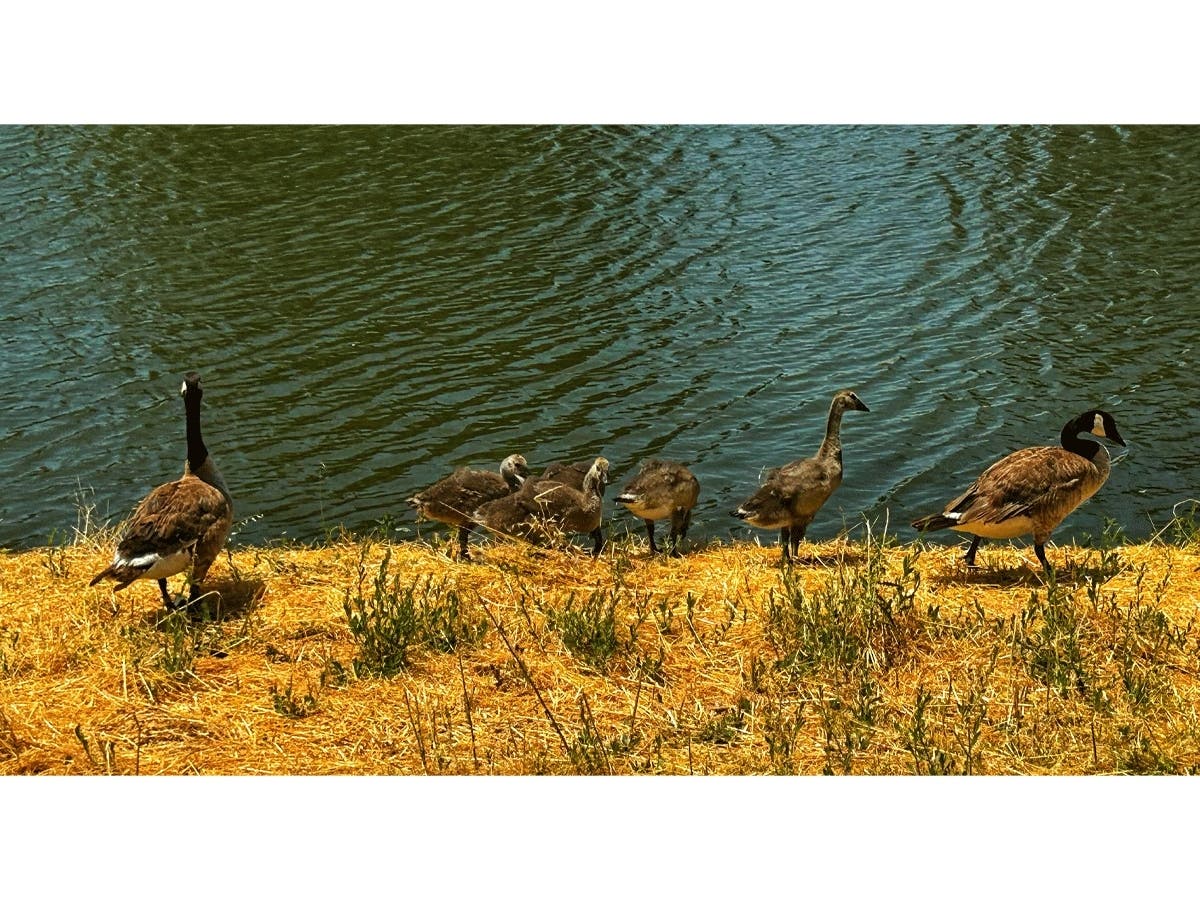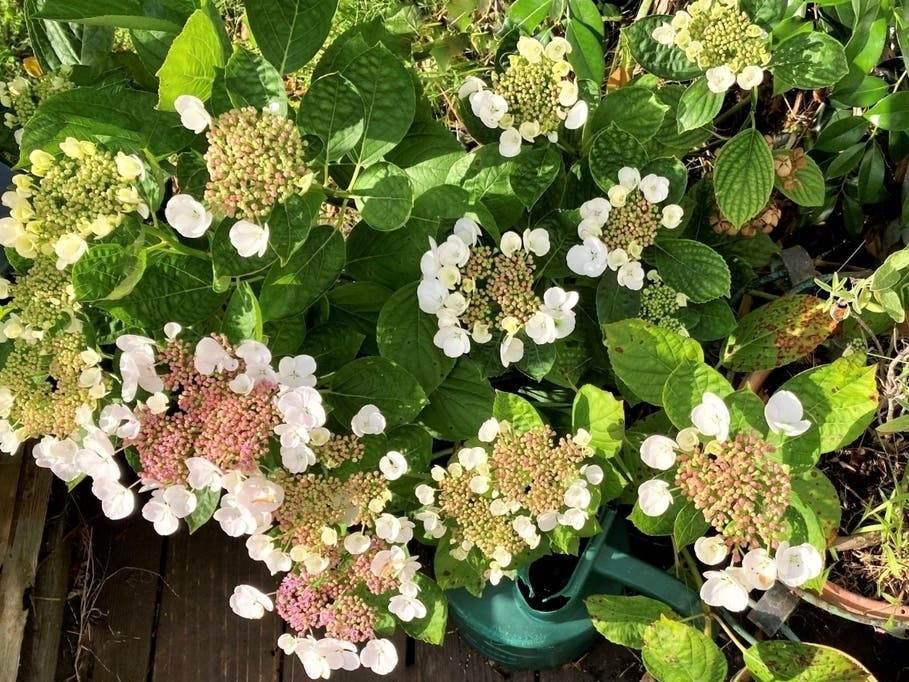Regional conservation non-profit North Branch Land Trust (NBLT) assembled a team of judges from local conservation organizations to discuss images submitted by area outdoor enthusiasts.
Winning photographers, Kevin Jones, Cheryl Miller, and Gail Stasko will be receiving conservation swag bags to honor their work in capturing important moments around the Susquehanna Watershed in Wildlife, Plant Life, Landscape, and Recreation categories.
“It’s an honor for me to be part of NBLT’s photo contest celebrating the work of local photographers featuring DCNR’s ‘River of the Year,’” said Diane Madl, PA Department of Conservation and Natural Resources. “The Susquehanna River Watershed, Pennsylvania’s largest watershed, is home to 3.8 million people. It’s important to bring attention to the river, its spectacular landscapes, wildlife, and people who all share this special watershed address.”
The Susquehanna watershed is more than just the river. It is all of the lands that surround it, all of the creeks that lead into it, and all of the lands that drain into those creeks that drain into the Susquehanna that eventually reaches the Chesapeake Bay. From Tunkhannock’s Riverside Park to the tippy top of Mountain Top, it is all connected.
That connectivity was an important feature for the judges who included Madl, PA DCNR Environmental Education Specialist Supervisor, Hickory Run State Park Complex; Jill Robinson, Deputy Director of the Endless Mountains Visitors Bureau, representing Sullivan, Susquehanna, and Wyoming counties; and Rachael Stark, Program Coordinator at the Pennsylvania Environmental Council. Karley Stasko, Director of Marketing and Development at NBLT organized the event.
Stark remarked, “There were some submissions that were beautiful but did not feel as connected to the watershed. There was this adorable black and white warbler grabbing a grub — which was really unique because there’s only a small window of opportunity where you can see them. But then you look at that doe and fawn in the creek? It just captures all the life and love of the North Branch of the Susquehanna.”
Plants posed a different challenge. After selecting favorites, the conservation judges took a moment to reassess the selections’ connections to the North Branch. Potted plants, while lovely, are quite removed from the watershed. The winning shot, a hoverfly sipping nectar from a daisy, was selected because of its sense of connectivity.
Stasko said, “Seeing the action, all the important identifying parts of the plant and insect so clearly, it’s really remarkable. I am happy the daisy is imperfect too. It makes it that much more familiar to anyone who has ever made a daisy crown.”
Some shots were easier to choose than others. Robinson, who also serves on NBLT’s Board of Directors,. enjoys hiking and running in NEPA’s great outdoors.
“Kayaking is the thing to do on the North Branch of the Susquehanna,” Robinson said. “I love that perspective right from the middle of the water. I also really like the variety of moods these pictures captured; it shows off the diversity of the watershed.”
Robinson compared the stormy golden forest to the bright river journey.
North Branch Land Trust and conservation partners look forward to more celebrations of the River of the Year and all our local waters.
North Branch Land Trust is a nonprofit committed to conservation in Northeastern Pennsylvania. To learn more about and support their mission, visit nblt.org.
U.S. Fish & Wildlife Service promotes
public access to hunting and fishing
Continuing efforts to increase recreational access on public lands, the U.S. Fish and Wildlife Service announced this week that 48 new distinct hunting opportunities on approximately 3,000 acres nationwide in the National Wildlife Refuge System.
Three national wildlife refuges, managed by the Service, are proposing to expand opportunities for hunting. These refuges are Cahaba River National Wildlife Refuge in Alabama, Everglades Headwaters National Wildlife Refuge in Florida and Minnesota Valley National Wildlife Refuge in Minnesota.
“Offering hunting and fishing on national wildlife refuges is a priority in the Service’s efforts to offer wildlife-related recreation for all Americans,” said Service Director Martha Williams. “Today, nearly 80% of Service stations offer hunting and fishing opportunities. Expanding access where it is compatible with each station’s wildlife conservation mission is foundational to the Service’s commitment to responsibly manage these areas for the benefit of future generations.”
Increasing access to public lands and waters is a central component of the administration’s approach to conservation, including locally led and voluntary efforts to conserve and protect U.S. lands and waters under the America the Beautiful initiative.
The proposed rule, appearing in the Federal Register, includes proposals to phase out lead ammunition and tackle at eight national wildlife refuges. The best available science, analyzed as part of this rule-making, demonstrates that lead ammunition and tackle have negative impacts on both human health and wildlife, and those impacts are more acute for some species.
The Service is engaged in a deliberate, open and transparent process of evaluating the future of lead use on Service lands and waters, working with our state partners and seeking input from other stakeholders and the public. In addition to the proposed phase-outs at eight national wildlife refuges, none of new proposed hunting and fishing opportunities announced today would increase the use of lead ammunition or tackle on refuges.
Hunting, fishing and other outdoor activities contributed more than $156 billion in economic activity in communities across the United States in 2016, according to the Service’s National Survey of Fishing, Hunting and Wildlife-Associated Recreation. More than 101 million Americans — 40% of the U.S. population age 16 and older — pursue wildlife-related recreation, including hunting and fishing.
The Service intends to finalize the proposed changes in time for the upcoming 2023-2024 hunting seasons.
The Service manages hunting and fishing programs to ensure sustainable wildlife populations while also offering other wildlife-dependent recreation on public lands.
PennDOT, PA Turnpike highlight
National Pollinator Week across Pa.
The Pennsylvania Department of Transportation (PennDOT) and the Pennsylvania Turnpike Commission (PA Turnpike) are recognizing National Pollinator Week with updates on pollinator plantings around the state.
Roadside pollinator plantings, led by PennDOT, PA Turnpike and other partner organizations are taking place around Pennsylvania. PennDOT has overseen more than 40 acres of pilot pollinator plantings with an additional 25 acres of habitat in progress. Areas targeted for pollinator-specific plantings are continually monitored by maintenance teams for the presence of invasive species and weeds as well as healthy growth and pollinator activity.
In addition to plantings, PennDOT seed mixture updates took effect earlier this year. Seed mix updates removed notable non-native and invasive plants and added pollinator-friendly plants such as black-eyed susans (Rudbeckia hirta), ox-eye sunflowers (Heliopsis helianthoides) and common milkweed (Asclepias syriaca).
“The degradation and loss of pollinator habitats is a risk to those affected species as well as pollinator dependent crops across the state,” said PennDOT Executive Deputy Secretary Cheryl Moon-Sirianni. “We invite every Pennsylvanian to join us in their own gardens, or with PennDOT through the Adopt and Beautify program.”
The PA Turnpike has piloted five pollinator habitats across the state. Within those locations there are 19 different plots for a total of over 10 acres which utilize a variety of seed mixes and management practices.
These plots include many of PennDOT’s seed mixes of 16 different native plants. The seeds include an array of native wildflowers like lanceleaf coreopsis (Coreopsis lanceolata), mint plants like anise hyssop (Agastache foeniculum), herbaceous perennials like milkweed species (Asclepias sp.) and wild bergamot (Monarda fistulosa), as well as the flowering plant foxglove beardtongue (Penstemon digitalis).
“Pollinator habitats provide an array of colors and fragrance,” said PA Turnpike CEO Mark Compton. “But more importantly these natural gardens, comprised of native plants, promote, protect and preserve pollinating animals.”
PennDOT’s Pollinator Habitat Plan, adopted in 2019, is operated in partnership with other federal and state agencies, private and community organizations, to create naturalized gardens and meadows planted with pollinator-friendly plant species at designated sites. Highway rights-of-way have been recognized nationally as lands that have potential to provide habitats for pollinators and support corridor connectivity for pollinators.
The Pollinator license plate is now available for passenger cars or trucks with a registered gross weight of not more than 14,000 pounds. More information, including eligibility requirements and image of license plates, is available on the Registration Plates page on PennDOT’s Driver and Vehicle Services website.
National Pollinator Week is recognized internationally during the last full week in June as an opportunity to spread awareness about the importance of pollinator species to the eco-system and promote native pollinator gardens.
Pennsylvanians encouraged to protect
themselves against tickborne illnesses
The Shapiro Administration this week discussed the importance protecting against tickborne and other vectorborne illnesses, while highlighting the opportunities to spend time outdoors in Pennsylvania’s beautiful public lands.
Vectorborne diseases are diseases transmitted by the bite of an infected tick or mosquito. In general, vectorborne diseases are on the rise in the United States and in Pennsylvania.
“Whether visiting one of our 124 state parks or the Commonwealth’s more than 2.2 million acres of state forestland, outdoors enthusiasts must be cognizant of their surroundings when enjoying Pennsylvania’s great outdoors,” said Department of Conservation and Natural Resources (DCNR) Deputy Secretary Mike Walsh. “Just as strong sun or severe weather demand vigilance, Lyme disease requires the hiker and hunter, angler and birder all to be prepared and proactive.”
Pennsylvania reported 2,900 cases of Lyme disease in 2021. Over the last several years, the Commonwealth has consistently recorded one of the highest counts of suspected Lyme disease cases in the United States.
Recommended precautions for anyone venturing outdoors include:
• Apply tick repellents containing permethrin to clothing, and EPA-registered insect repellents such as DEET to exposed skin before entering the outdoors. Reapply as needed according to product label instructions.
• Wear light colored outer clothing and tuck shirts into pants, and pants into socks.
• Walk in the centers of trails, and avoid wooded and brushy areas with low-growing vegetation and tall grasses that may harbor ticks.
• After returning home, remove all clothing, take a shower, and place clothing into the dryer on high heat to kill any lingering ticks. Examine gear such as backpacks for ticks.
• Conduct a full-body tick check using a hand or full-length mirror, including hidden areas such as the scalp, ears, armpits, belly button, and between the legs.
• Check over any pets exposed to likely tick habitats each time they return indoors.
• If a tick is found attached to your skin, use tweezers to remove it carefully, including the head.
Symptoms of Lyme disease can include a bulls-eye shaped rash, fever, chills, headache, fatigue, muscle and joint aches, and swollen lymph nodes.

Before you move on, we invite you to become a Times Leader Advocate. You’ll receive some great benefits, including our Diamond Card with local discounts and deals, access to our E-Edition, a faster, reduced ad experience on timesleader.com, and more.
Click now to support or get more information.
Reach Bill O’Boyle at 570-991-6118 or on Twitter @TLBillOBoyle
